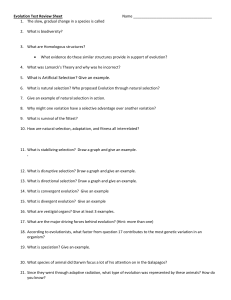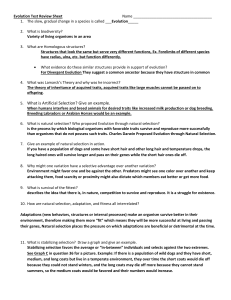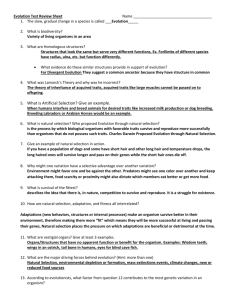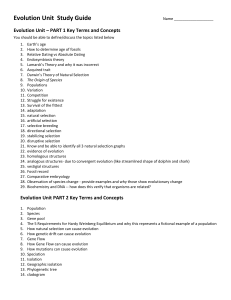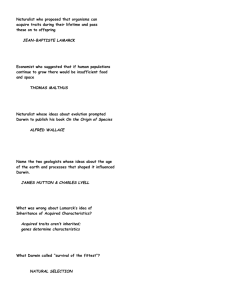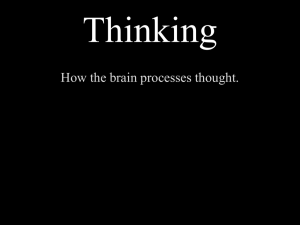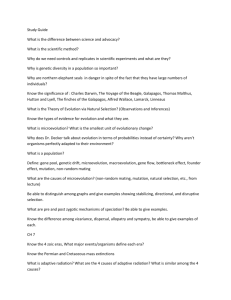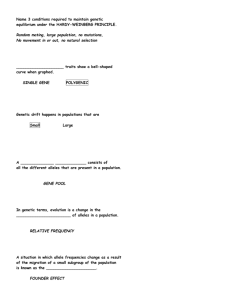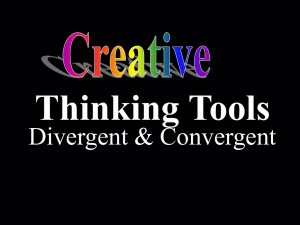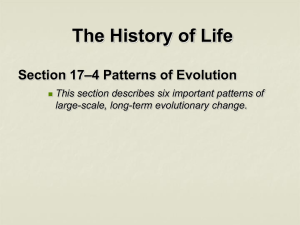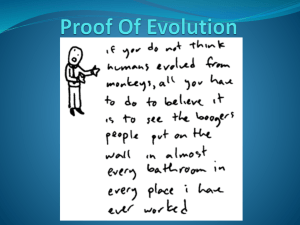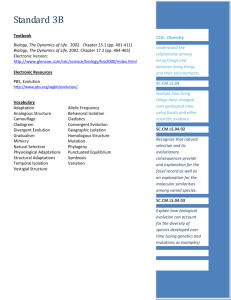Evolution Test Review Sheet
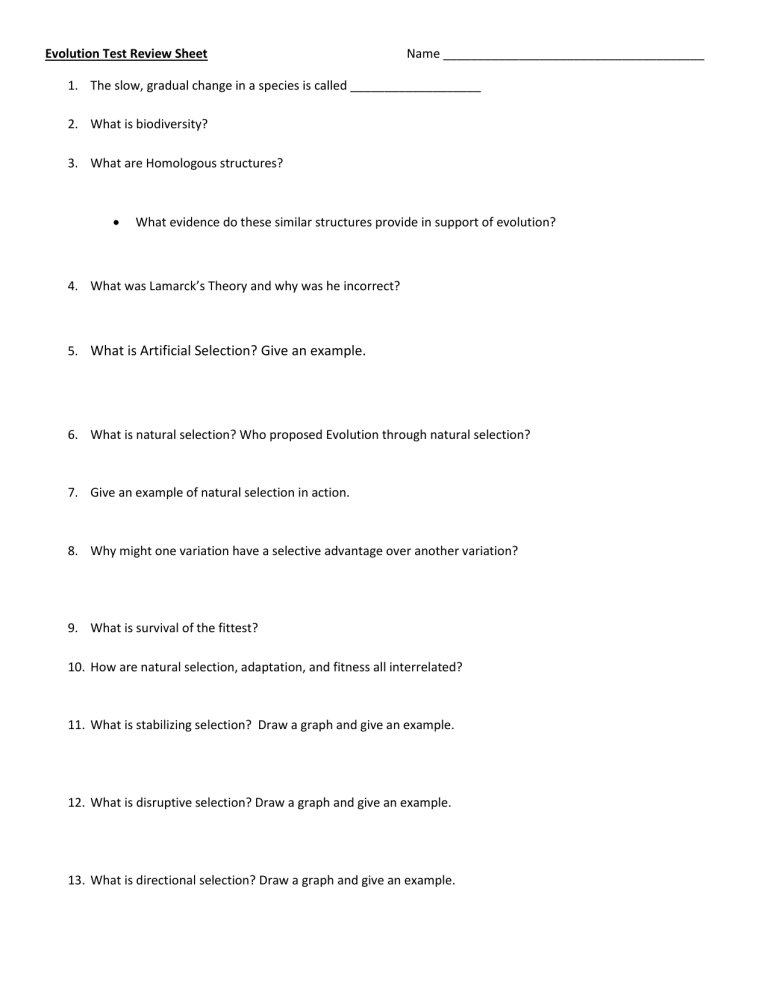
Evolution Test Review Sheet Name ______________________________________
1.
The slow, gradual change in a species is called ___________________
2.
What is biodiversity?
3.
What are Homologous structures?
What evidence do these similar structures provide in support of evolution?
4.
What was Lamarck’s Theory and why was he incorrect?
5.
What is Artificial Selection? Give an example.
6.
What is natural selection? Who proposed Evolution through natural selection?
7.
Give an example of natural selection in action.
8.
Why might one variation have a selective advantage over another variation?
9.
What is survival of the fittest?
10.
How are natural selection, adaptation, and fitness all interrelated?
11.
What is stabilizing selection? Draw a graph and give an example.
12.
What is disruptive selection? Draw a graph and give an example.
13.
What is directional selection? Draw a graph and give an example.
14.
What is convergent evolution? Give an example
15.
What is divergent evolution? Give an example
16.
What are vestigial organs? Give at least 3 examples.
17.
What are the major driving forces behind evolution? (Hint: more than one)
18.
According to evolutionists, what factor from question 17 contributes to the most genetic variation in an organism?
19.
What is speciation? Give an example.
20.
What species of animal did Darwin focus a lot of his attention on in the Galapagos?
21.
Since they went through adaptive radiation, what type of evolution was represented by these animals? How do you know?
22.
What is adaptive radiation? Explain how homologous structures support the idea of adaptive radiation.
23.
What is a mutation? How does it contribute to adaptation or evolution?
24.
If you found two fossils in two different layers of sedimentary rock stacked on each other? How would you know which one is older? How can you know for sure?
25.
According to evolutionists, what type of cell is believed to be the first on earth and the one that gave rise to all other life?
26.
What major theory did Lynn Margulis propose? Briefly explain the theory
27.
Two characteristics that help organisms remain “fit” are mimicry and camouflage. a. What is mimicry? _____________________________________________ b. What is camouflage? __________________________________________
28.
Natural selection occurs at which level? Individual or population
29.
The following animals in the diagram below are similar; this would be an example of what type of evolution.
30.
The following animals in the diagram below are similar; this would be an example of what type of evolution.
31.
Adaptive radiation is associated with which type of evolution? Divergent or Convergent
32.
Put the fossils the diagram in order of youngest to oldest.
33.
What key concept of evolution is represented in the diagram to the right?
34.
What type of selection is represented by the graphs below?
Graph A = _________________ Graph B = _________________ Graph C = ___________________
Using your evidence of evolution charts, please answer the following questions using the choices provided.
A.
Homologous Structure
B.
Analogous Structure
C.
Vestigial Structure
D.
Molecular/Biochemical Evidence
E.
Fossil Evidence
F.
Embryological Evidence
G.
Biogeographical Evidence
35.
A modified structure seen among different groups of descendants. ___________
36.
In the earliest stages of development, a tail and gill slits can be seen in rabbits, fish, birds and humans. ________
37.
Exemplified by forelimbs of bats, penguins, lizards, and monkeys. _________
38.
The forelimbs of flightless birds. ___________
39.
DNA and RNA comparisons may lead to evolutionary trees or cladograms. __________
40.
Bird and Butterfly wings have same function but different structures. ___________
41.
A body structure no longer used but may have had a function in an early ancestor. ___________
42.
Structure associated with divergent evolution. ________________
43.
Structure associated with convergent evolution. _______________
44.
Geographic Isolation would fit into this category. ______________
